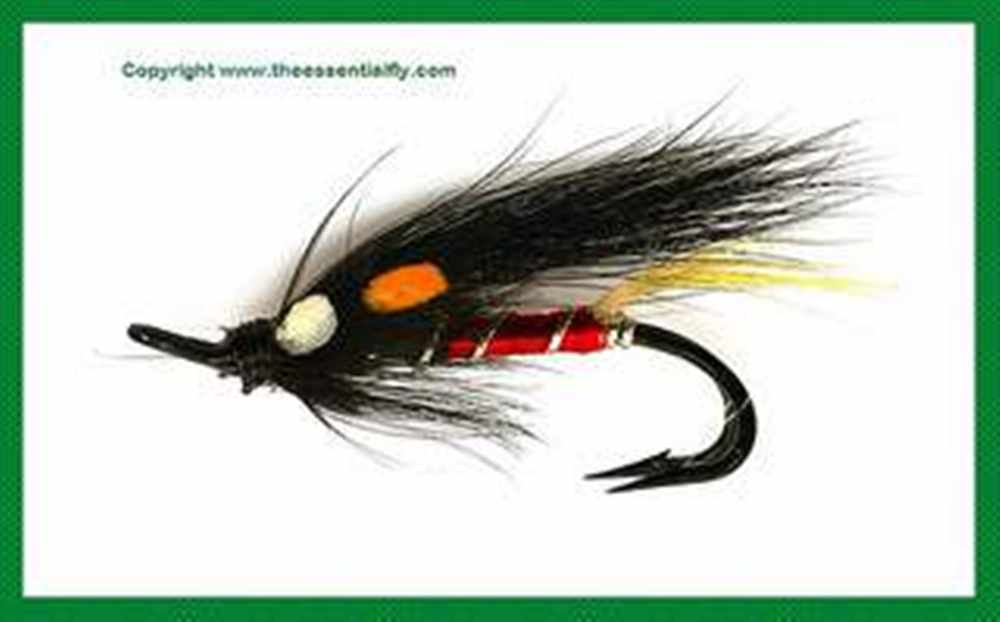The Rare Art of Salmon Fly Fishing
 To most of us no fish captures the imagination more than the Atlantic salmon, the king of fish, with salmon fly fishing being a truly enjoyable and challenging sport. Unlike times long ago when apprentices would complain to their masters about having to eat salmon every day, salmon today has a high commercial value. Like other previously-abundant fish, including the herring, for example, salmon has become increasingly scarce. The factors that have caused the scarcity include commercial netting, disease, pollution and, on some rivers, water re-routing, damming and contaminants. The number of fish that return to our waters has created an industry based on organised and ruthless poaching gangs who can earn substantial amounts of money for a single night’s work. It is generally accepted that salmon fishing is simply not what it used to be years ago. Anyone who catches a salmon these days is lucky, and big catches to the rod are rare. It is well known that salmon do not feed once they have returned to freshwater, their desire to travel upriver to spawn being so great. They rely completely on the fat they have put on during their journey in the sea. As a result many theories have sprung up as to why a salmon will actually be bothered to take an artificial fly in the first place. Some say it is from curiosity, or from anger, while others suggest that it’s simply from a lack of concentration on spawning. No one really knows for sure. We must just be grateful that the salmon will, from time to time, take the bait and make salmon fly fishing so rewarding.
To most of us no fish captures the imagination more than the Atlantic salmon, the king of fish, with salmon fly fishing being a truly enjoyable and challenging sport. Unlike times long ago when apprentices would complain to their masters about having to eat salmon every day, salmon today has a high commercial value. Like other previously-abundant fish, including the herring, for example, salmon has become increasingly scarce. The factors that have caused the scarcity include commercial netting, disease, pollution and, on some rivers, water re-routing, damming and contaminants. The number of fish that return to our waters has created an industry based on organised and ruthless poaching gangs who can earn substantial amounts of money for a single night’s work. It is generally accepted that salmon fishing is simply not what it used to be years ago. Anyone who catches a salmon these days is lucky, and big catches to the rod are rare. It is well known that salmon do not feed once they have returned to freshwater, their desire to travel upriver to spawn being so great. They rely completely on the fat they have put on during their journey in the sea. As a result many theories have sprung up as to why a salmon will actually be bothered to take an artificial fly in the first place. Some say it is from curiosity, or from anger, while others suggest that it’s simply from a lack of concentration on spawning. No one really knows for sure. We must just be grateful that the salmon will, from time to time, take the bait and make salmon fly fishing so rewarding.



















